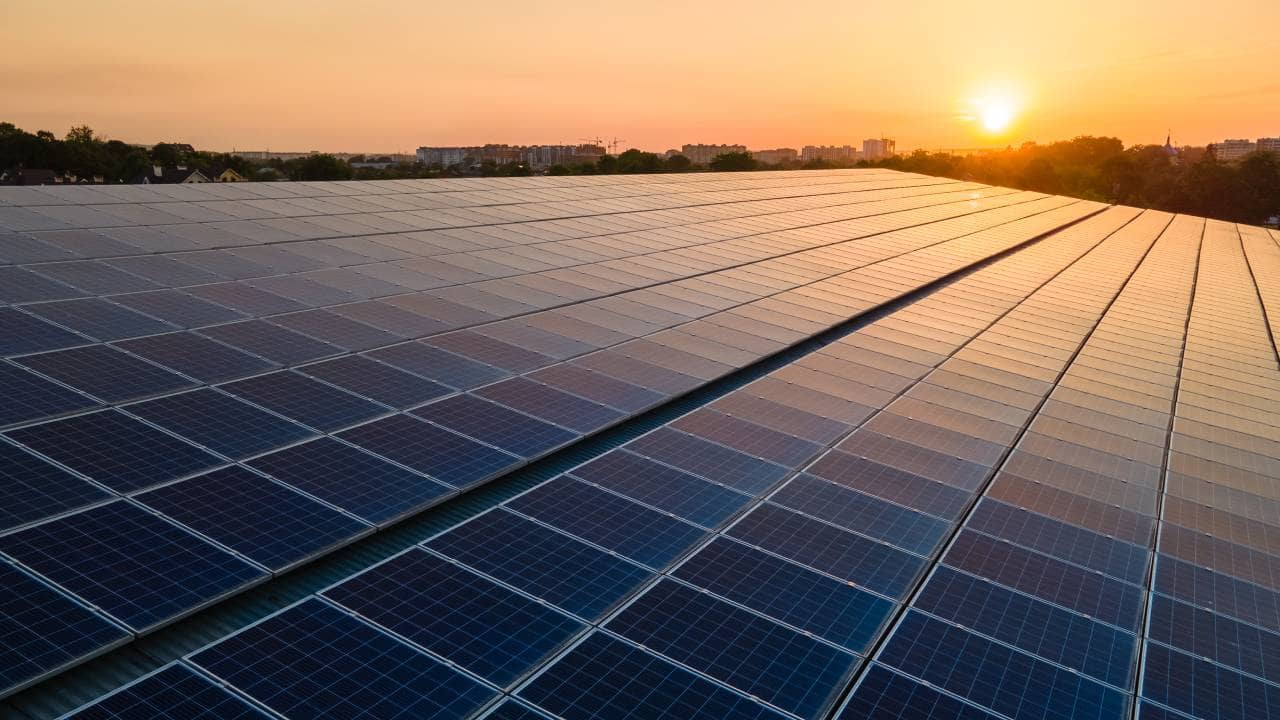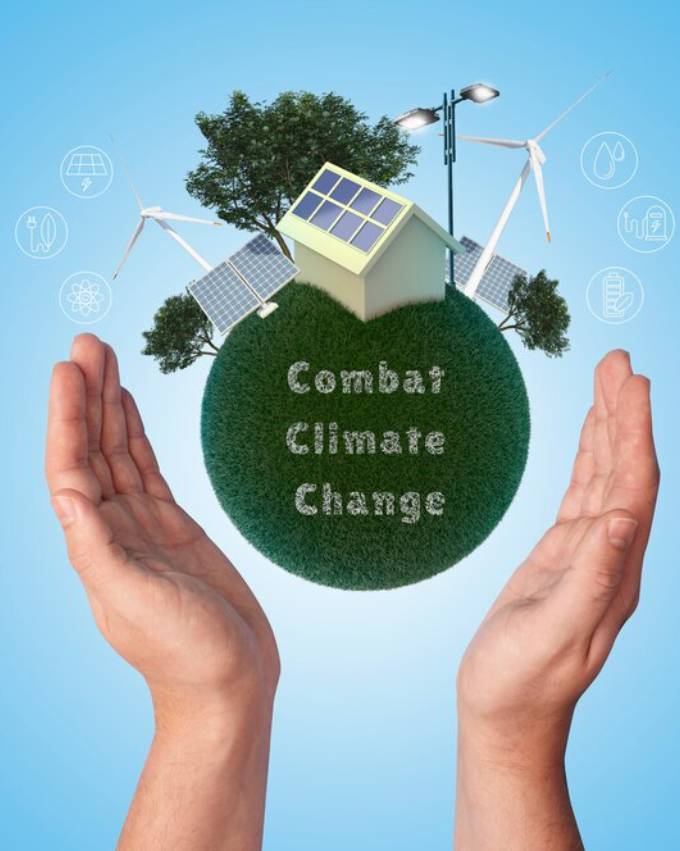Smart Sun Energy
“MNRE approved Vendor for TANGEDCO”
Solar PhotoVoltaic (PV) Plants
Energy Sources
Renewable energy
Sources refer to those that can be replenished naturally in a relatively short period. These sources are considered sustainable and have a reduced impact on the environment. Examples of renewable energy sources include solar energy, wind energy, hydropower, geothermal energy, biomass energy, and tidal energy.
Non - Renewable energy
sources, on the other hand, are finite and cannot be replenished in a human timescale. These sources were formed over millions of years and are being depleted much faster than they can be replenished. Examples of non-renewable energy sources include fossil fuels such as coal, oil, and natural gas.
While non-renewable energy sources have been the primary source of energy for many years, there is a shift towards using renewable energy sources due to their sustainability, lower environmental impact, and reduced greenhouse gas emissions. The transition to renewable energy is essential for combating climate change and ensuring a more sustainable future.


Solar PV Systems
A Solar Photovoltaic (PV) system is a technology that converts sunlight directly into electricity using solar panels. It’s a renewable energy solution that harnesses the energy from the sun to generate power without emitting greenhouse gases or relying on finite fossil fuels.
Why Go Solar?
Going solar has numerous benefits, making it an increasingly popular choice. Here are some key reasons to go solar:

Cost Savings

Environmentally Friendly

Government Incentives

Long-Term Investment

Energy Independence

Job Creation


Grid Tie Solar PV Systems
A grid-tied solar PV plant, also known as a grid-connected solar PV plant, is a type of solar power system that is directly connected to the electrical grid. This means that the solar plant generates electricity from the sun and feeds any excess energy back into the grid.
Why Go Grid Tie?

Financial Benefits

Stable Energy Supply
Grid-tied systems ensure a reliable electricity supply. If your solar panels don’t generate enough power to meet your home’s demand, you can draw electricity from the grid seamlessly. Similarly, when your solar panels produce excess electricity, you can draw power from the grid without interruptions.

Flexibility and Convenience

Environmental Benefits
By connecting your solar PV plant to the grid, you can distribute clean energy to the community. This reduces reliance on fossil fuel-based power plants, leading to a decrease in greenhouse gas emissions and helping combat climate change.

Increased Market Value
A property with a grid-tied solar PV plant could have increased market value. Many homebuyers are increasingly interested in energy-efficient homes with reduced energy costs and positive environmental impact.
It’s important to note that grid-tied solar systems do not provide backup power during grid outages. However, overall, grid-tie solar PV plants offer financial savings, environmental benefits, and the convenience of utilizing the existing electrical grid infrastructure.

